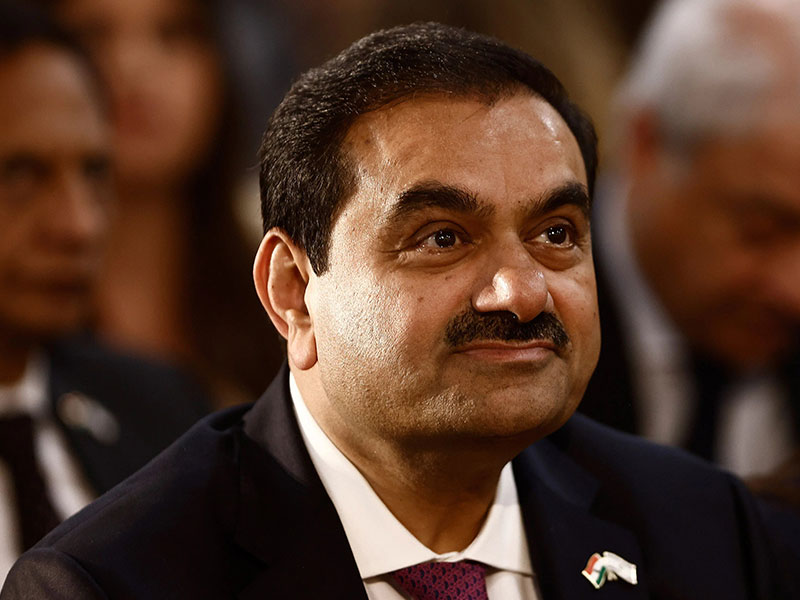The $442 million wind power project awarded to Adani Green Energy in Sri Lanka is facing headwinds as the Cabinet Appointed Negotiation Committee (CANC) raises concerns about its cost and risk assessment. This project, a major foray into renewables for the Indian conglomerate led by billionaire Gautam Adani, has become entangled in a web of price disputes, geopolitical pressure, and Sri Lanka’s own internal energy struggles.
Adani, known for his vast coal mining and infrastructure empire, has recently pivoted towards green energy, with Sri Lanka being a key target. However, his ambitious plans have hit a snag. CANC initially questioned the unit price for Adani’s wind energy, deeming it higher than thermal energy options. Now, a 15% risk assessment attached to the project has further raised eyebrows.
Despite Sri Lanka’s desperate need for energy security, the project faces internal and external pressures. Sri Lankan officials reportedly feel pressure from India to expedite the project, given its potential benefits for Indian energy needs. However, President Wickremesinghe has publicly criticized the government’s apparent preference for coal and fuel projects, citing potential corruption.
Adding to the complexity, Sri Lanka only received the official proposal from Adani six weeks ago, suggesting a rushed process. Meanwhile, CANC continues its scrutiny, with a report expected back in January. The fate of the project hangs in the balance, caught between concerns about cost, risk, and Sri Lanka’s own internal energy priorities.
Adani’s Background:
Gautam Adani, a controversial figure in India, has amassed wealth through coal mining and infrastructure projects. While his entry into renewables marks a shift, concerns about his business practices, including accusations of financial fraud and environmental damage, linger. This baggage adds another layer of complexity to the Sri Lankan project’s challenges.







